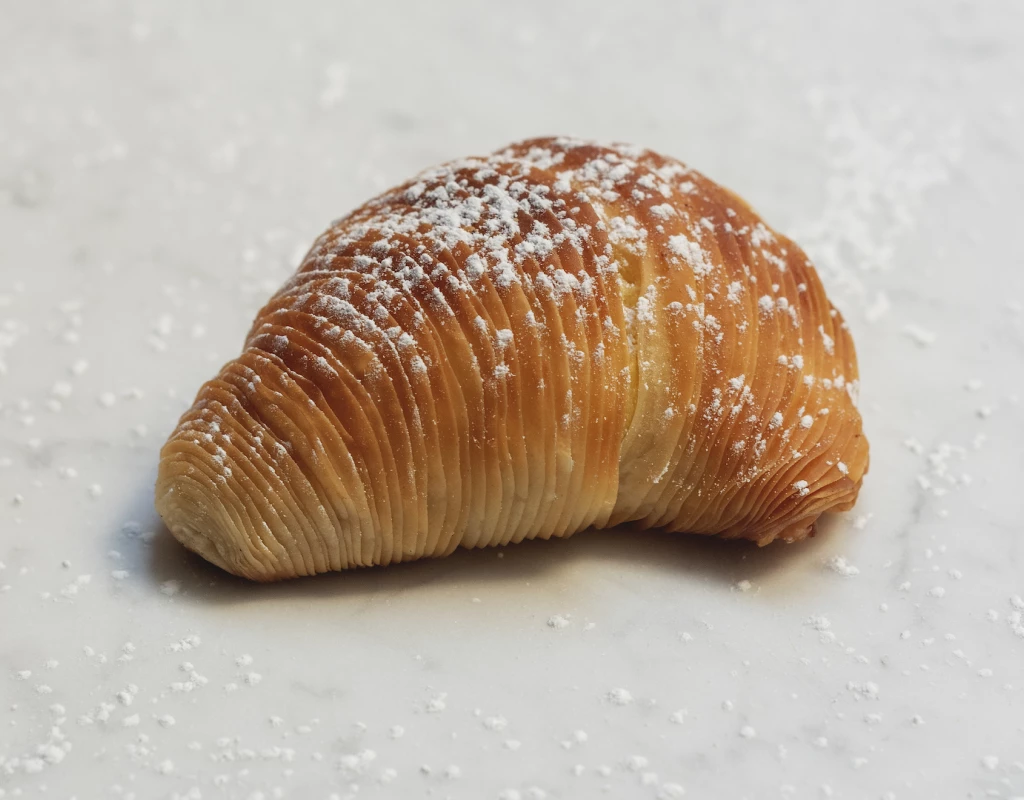Friars and nuns have always had good taste about convents location. Take note: Italian monasteries almost always arise in beautiful panoramic areas, whether it is an expanse of olive trees or a small coastline on the sea.
The smooth and the curly | Ph. Anna Monaco - Trentaremi
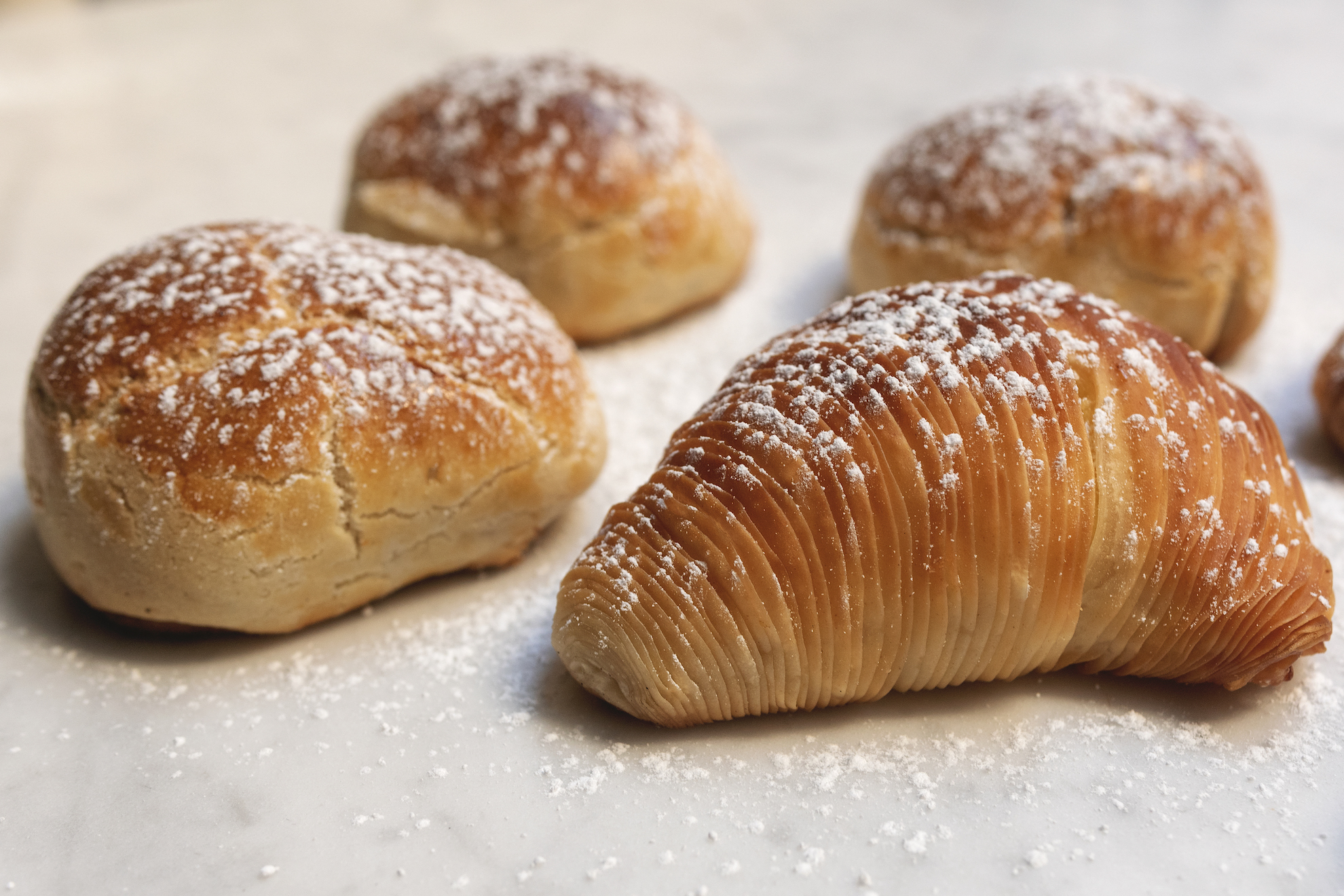
The Monastery of Santa Rosa, in Conca dei Marini, is no exception. We are in the frame of the Amalfi Coast, where every look towards the sea becomes a concentrate of beauty. It is just here that, around 1600, a nun particularly dedicated to the pleasures of cooking, invented a small sweet made with ricotta and semolina. A filling of dried fruit, a little bit of limoncello liquor to give aroma, the closure of the shortcrust pastry in the shape of a friar's cap and here is the first version of the sfogliatella.
Sfogliatella goes well with limoncello | Ph. Anna Monaco - Trentaremi
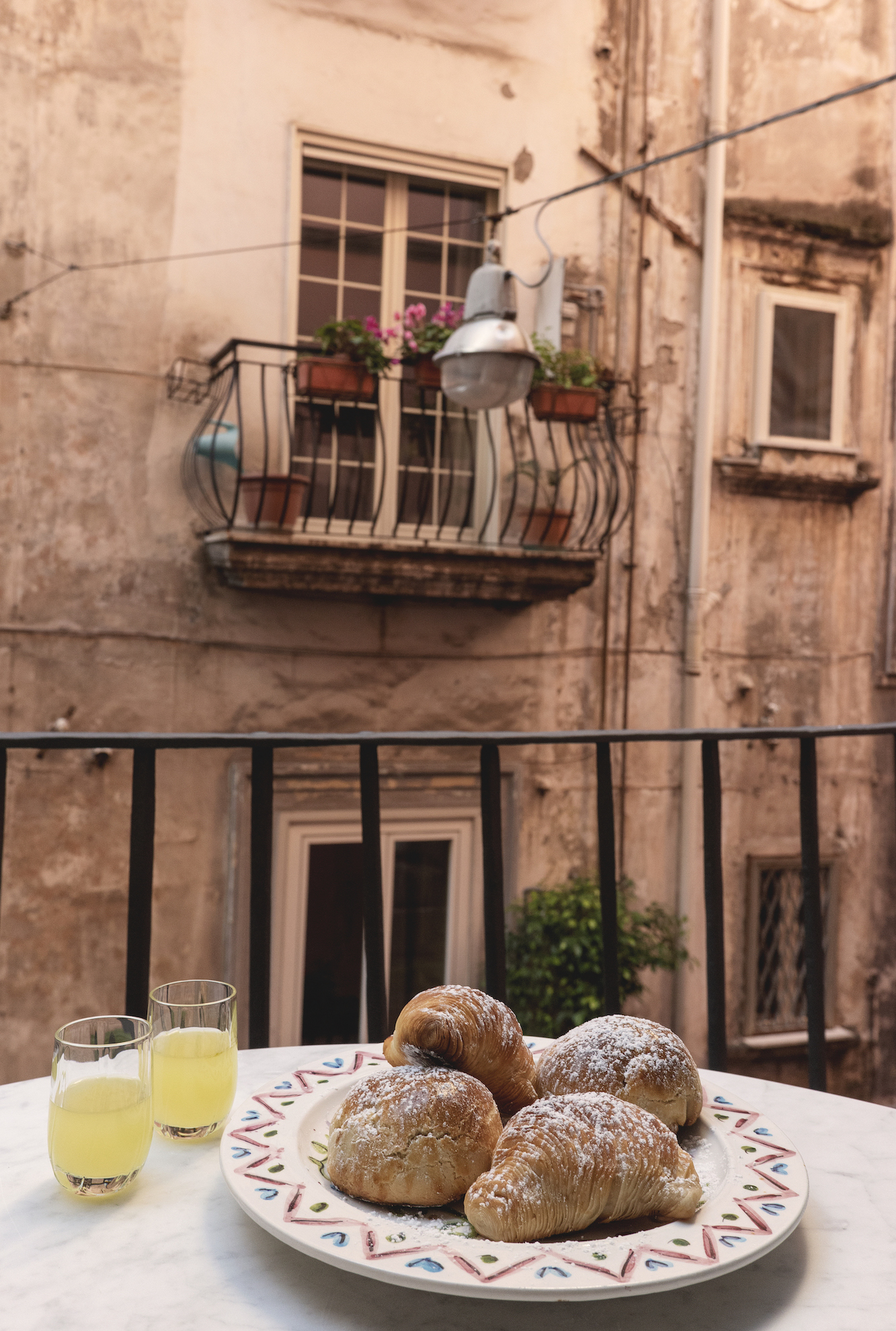
Ph. Anna Monaco - Trentaremi
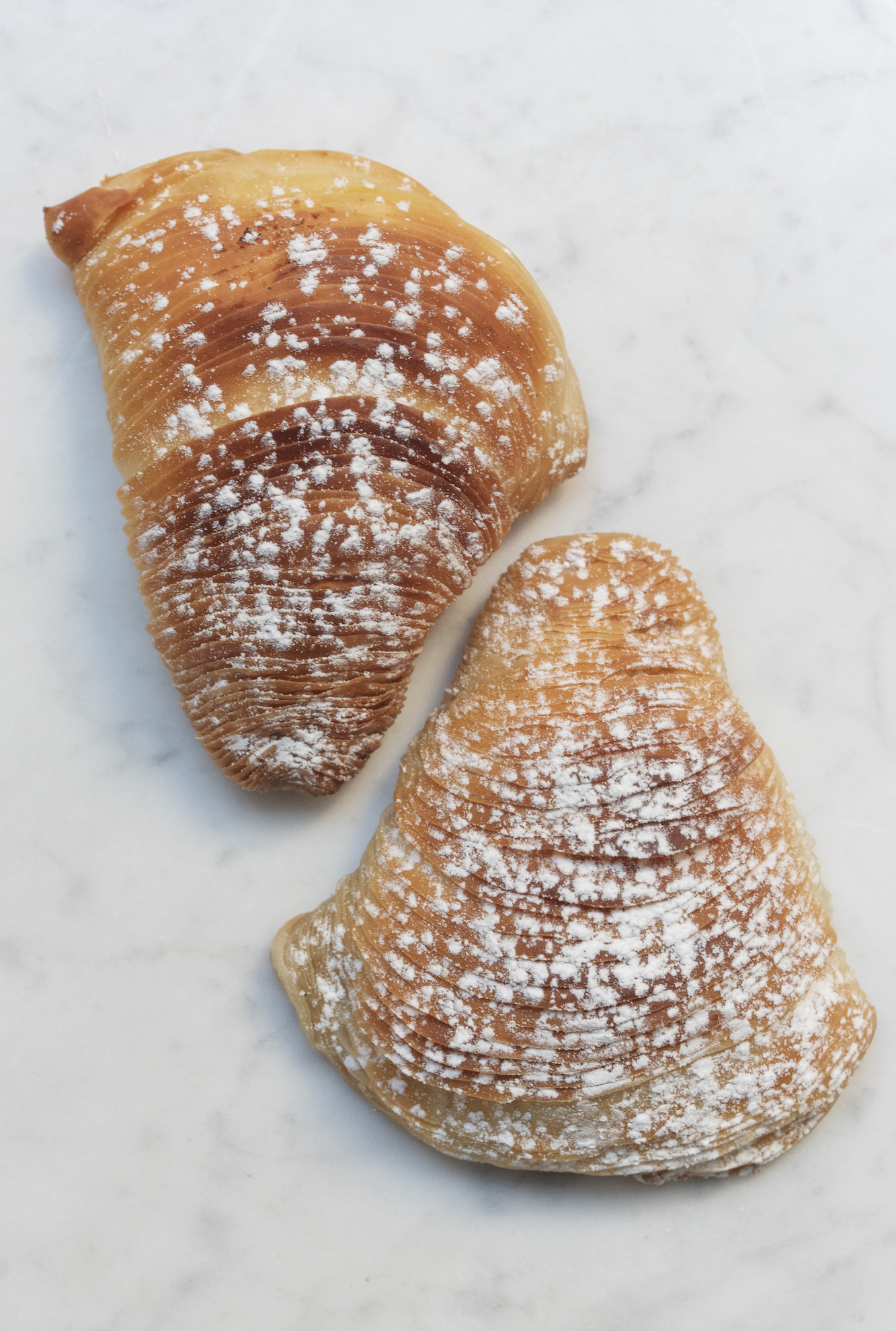
If the province of Salerno can therefore boast of its birth, its reinterpretation and diffusioni s owed to Naples. It was an innkeeper, about two hundred years later, who embarked on the path that will bring the sfogliatella into the collective imagination. Pasquale Pintauro was his name: in 1818 he was the owner of a cellar in via Toledo, today yet one of the main streets of Naples. Through never handed down methods, he came into possession of this recipe and transformed it: he removed the dried fruit and used the candied fruit instead. In a short time, the dessert became so popular that Pintauro transformed his cellar into a pastry shop.
The one that still today, when you walk down via Toledo, is open at number 275. A small, very small “puteca” (a word that in Naples and the province indicates the grocery store) that churns out sfogliatelle continuously, curly or smooth, with the pastry folded that opens like a fan or with a smooth shortcrust pastry, with a little icing sugar.
“Quanno vene 'a notte e ’o core se ne scenne, mangia 'na sfogliatella e 'o core se ne saglie!”
«When night comes and the heart goes away, just eat a sfogliatella and it comes back!»Eduardo De Filippo
But the story does not end here. The sfogliatella, as well as its "importer", became so famous that a popular saying was dedicated to Pintauro: “Se fruscia Pintauro d’’e sfugliatelle jute acito”, that is to say: he boasts like being Pintauro of failed sfogliatelle. In fact, the name became so famous that it was used as a synonym for pastry chef. “Se fruscia Pintauro”, in short, meant “You boast to be a pastry chef”, almost as if the name itself became an indication of a whole category.
«Even today our sfogliatella follows the dictates of the ancient recipe - says the homonymous descendant of Pasquale Pintauro that today, together with his brothers, manages the local - ricotta, semolina and candied fruit as a filling, a shortcrust pastry disk that is never too thick, nor too much thin, so as to make baking even uniform and avoid burns».
Heart of sfogliatella | Ph. Anna Monaco - Trentaremi
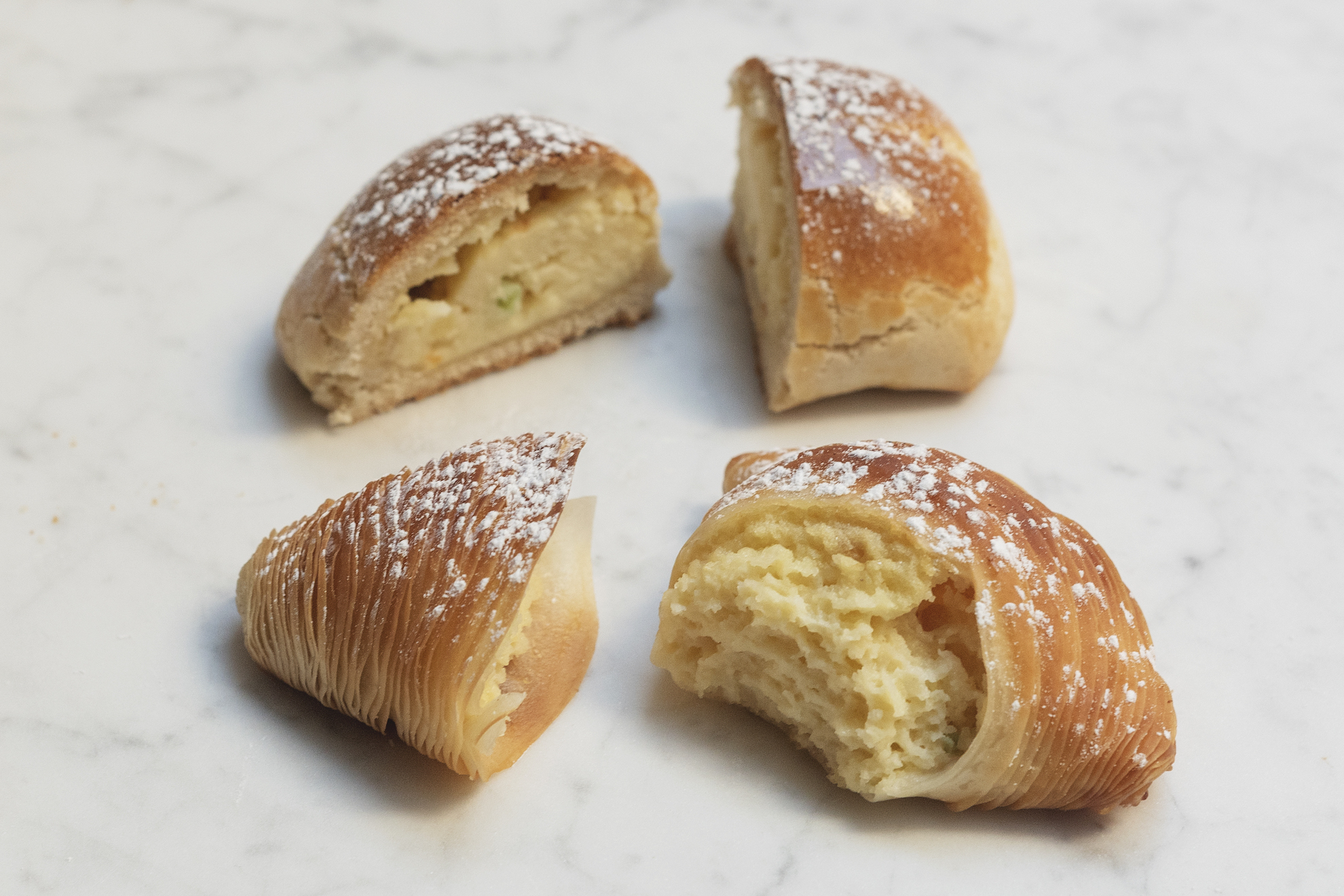
The subtle “crunch” that comes out of every tasty bite given to the curly sfogliatella truly recalls all the flavors of a dessert gone through four centuries of history, leaving the taste, flavors and authenticity unchanged. Any advice to match the sfogliatella? As our nun had already guessed, a glass of limoncello is the right choice to combine with the rich and aromatic flavor of the dessert.
